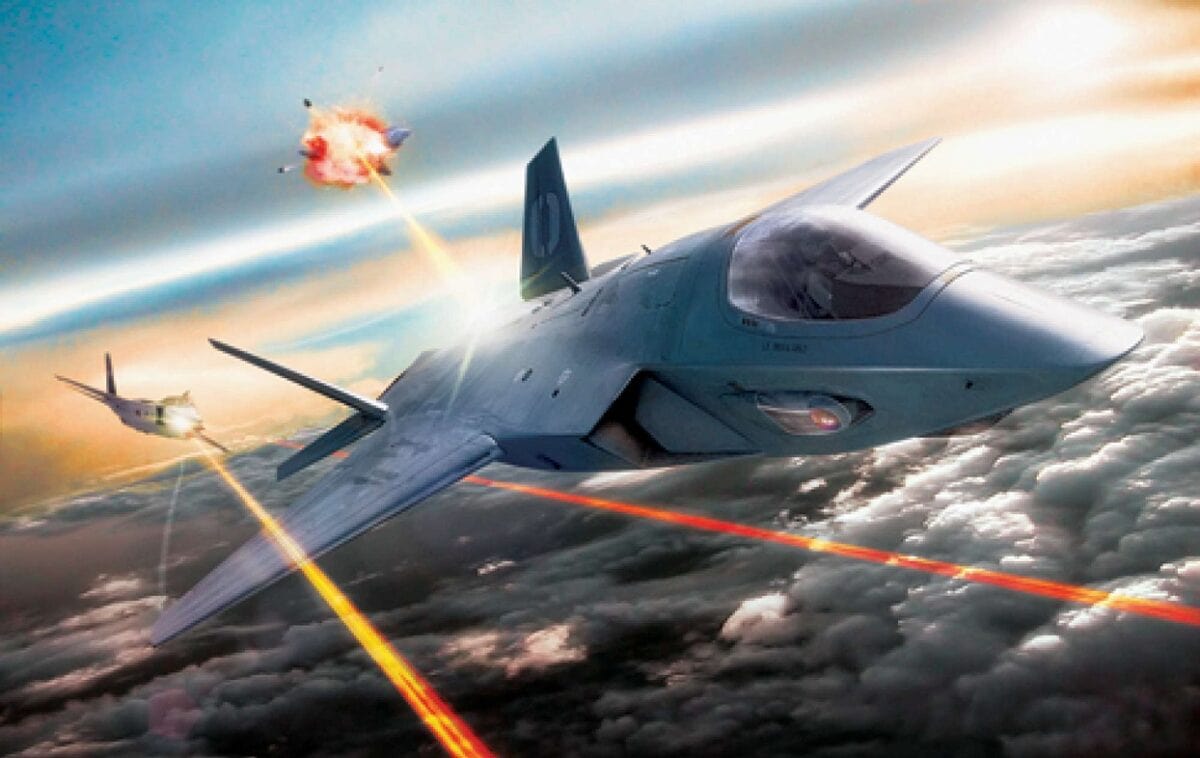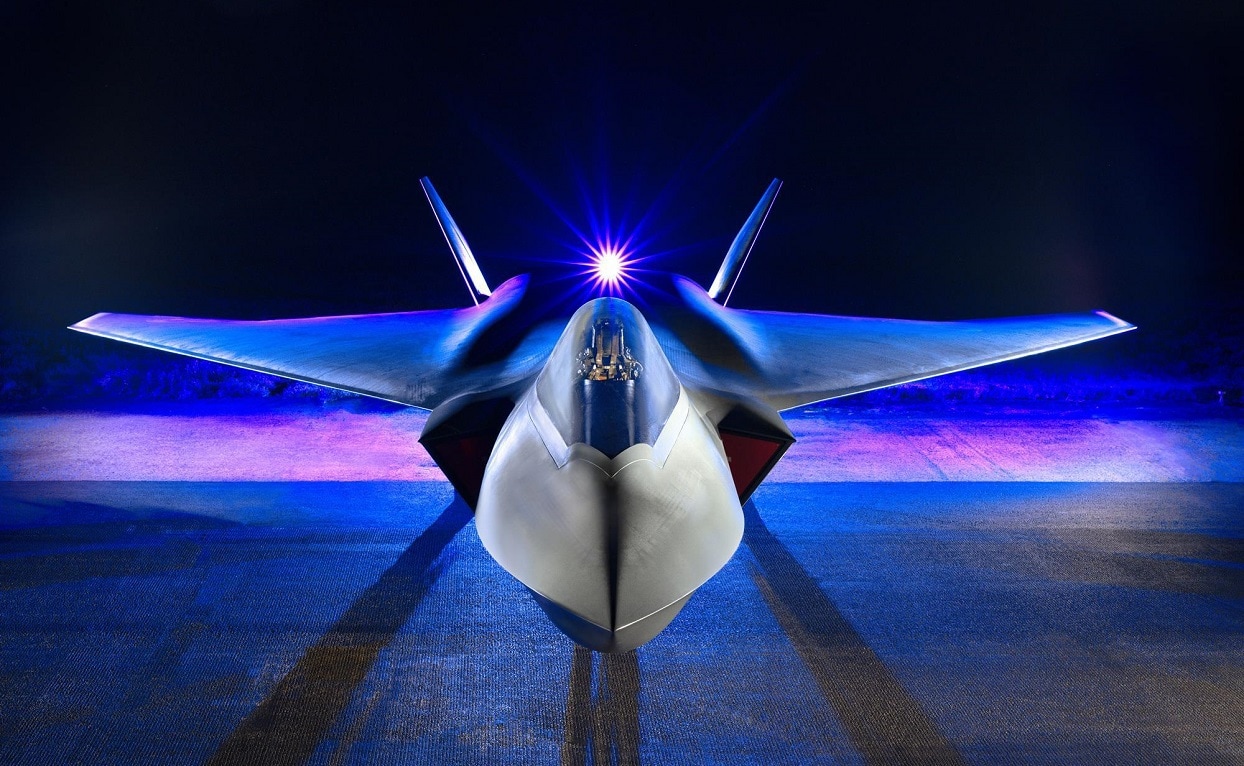6th Generation Fighter Update: The United Kingdom and Japan are set to continue collaborating on their next fighter jet project. The two countries will consolidate their resources in an effort to develop a next-generation fighter, without overspending. So far, the two countries have joined to develop engines and sensors. This means both nations are now working together now on efforts to field a 6th generation fighter.
6th Generation Fighter Plans
“The British Ministry of Defense announced the partnership last year,” Newsweek reported, “The U.K. is investing the equivalent of $40 million in the joint jet engine effort. The country has targeted that figure pending digital designs, manufacturing innovation development, and planning. A further $267 million equivalent will go toward the development of a prototype.”
On the Japanese end, Ishikawajima Heavy Industries (IHI) and Mitsubishi Heavy Industries (MHI) will lead the effort. On the UK end, Rolls Royce and BAE Systems will take the lead. “Both countries could apply the new engine toward their ongoing new warplane plan. For Japan, this is the F-X project,” Newsweek reported. “The plan is to have the new fighter slowly replace the 90 Mitsubishi F-2s that are currently in service with the Japan Air Self-Defense Force.” The UK, on the other hand, “is currently developing its Future Combat Air System, commonly referred to as the Tempest aircraft.”
“Strengthening our partnerships in the Indo-Pacific is a strategic priority, Ben Wallace, the British Defence Secretary, said. “And this commitment with Japan, one of our closest security partners in Asia, is a clear example of that.”
The fighter jet-related cooperation is one of many defense deals that the UK has made in the Indo-Pacific recently. For example, the UK is helping with Japan’s Joint New Air-to-Air Missile (JNAAM) program. Perhaps most importantly, the UK has entered a trilateral agreement – along with the US and Australia – to develop a nuclear submarine for Australian use. And last year, the Queen Elizabeth Carrier Strike Group cruised through the Indo-Pacific, clearly signaling the UK’s commitments to the region (the UK still governs over several island territories).
“Indeed, both countries see the development of their respective fighter jet projects as important to their future defense strategies,” Newsweek reported. “Both countries currently operate the U.S.-designed F-35 which is a joint strike fighter while their sixth-generation projects seek to develop warplanes focused instead on gaining air superiority in a future conflict.”
“The UK strengthening is clearly in building partnerships in the Indo-Pacific,” Jude D’Alesio, a British defense analyst, said. “Its commitment with Japan to build a new combat air system with a fighter aircraft at its core will build on the technological and industrial s strengths of both countries. Japan has made superb progress on technologies that can complement our own advanced skills.”
6th Generation Fighter: Why It Matters
The UK is paying more attention to the Indo-Pacific at a time when the entire western world is starting to refocus on the region. The cause is a surging China, which has the capacity to become a hegemon in the region. Currently, China is engaged in a historically ambitious shipbuilding spree, which is just one component of a more wide-ranging military build-up. The conversion of China’s latent power into actual military power has the west concerned about their own ability to project force and influence into the Indo-Pacific. Furthermore, western allies, like Japan, South Korea, and Taiwan, are increasingly concerned about their security environment and are more inclined to strengthen their partnership with powerful western allies.

Image: Creative Commons.
The collaboration between Japan and the UK, to create a modern fighter jet, comes as China is making advancements in their own airplane technology; China is now operating a fifth-generation fighter, the Chengdu J-20. And reports indicate that China’s first ever-stealth bomber, the Xian H-20, could be unveiled shortly. If China were indeed to possess a capable, nuclear-equipped stealth bomber, it would represent a watershed moment in aerospace competition.
Harrison Kass is the Senior Defense Editor at 19FortyFive. An attorney, pilot, guitarist, and minor pro hockey player, he joined the US Air Force as a Pilot Trainee but was medically discharged. Harrison holds a BA from Lake Forest College, a JD from the University of Oregon, and an MA from New York University. He lives in Oregon and listens to Dokken. Follow him on Twitter @harrison_kass.

